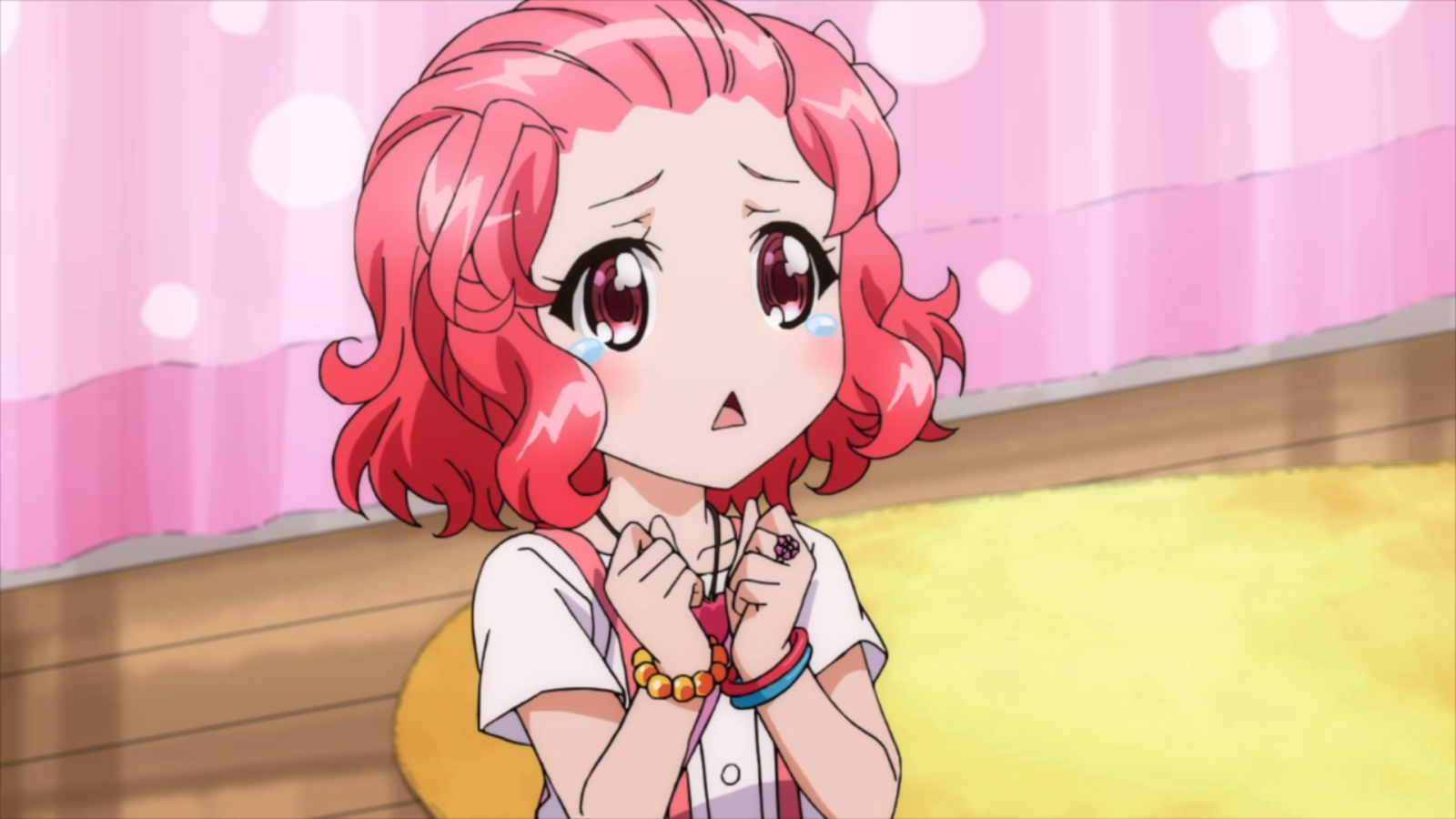A fellow calling himself Exclamation Point, who makes pretty good videos analyzing anime, has recently uploaded one entitled “How to Suffer Well: Sympathetic Characterization in Madoka and Magical Girl Site.” From the title, I assumed he was going to use magical girl shows as a jumping-off point to discuss Stoical philosophy. I was wrong, but I think the video is still worth watching.
My opinion about “dark” magical girl shows is less positive than his, though, perhaps ironically, I think I enjoyed Magical Girl Site more than he did. His point in this video, which he makes very well (and then drives into the ground) is that the suffering in Puella Magi Madoka Magica stems directly from the characters’ decisions, and has consequences that fundamentally change their world, a world that is worth preserving. In Magical Girl Site, by contrast, life just sucks and then you die: The heroine is not at all responsible for all the bad things that happens to her, and she has no reason to preserve anything because everything is miserable.
He makes a good case, and I think what he says could apply not to Magical Girl Site only, but to the whole slew of “lesser” dark magical girl shows that have followed in Madoka’s wake without understanding why Madoka works. Magical Girl Site is just one particularly extreme example, one where the flaws especially stand out because it’s trying especially hard to be on the edge.
I basically agree with him, but I might point out that there is, at least, an improvement to the heroine’s life by the end: She’s got away from her abusers and found friendship, and has concluded, contrary to what she had been told and believed previously, that she is not in fact unfortunate.
Exclamation Point’s reply to me after I say that would no doubt be to point out that the heroine’s just going to die anyway within two years or less so her happiness is temporary and therefore pointless. I might then answer by way of rebuttal that all temporal happiness is temporary—and I might add that the story isn’t over yet by the time the first season ends, so it’s possible that the girls might find a way to foil the shortening of their lifespans.












